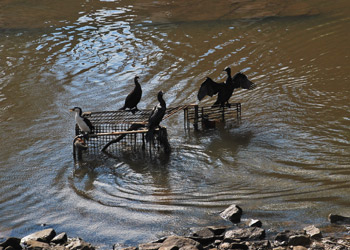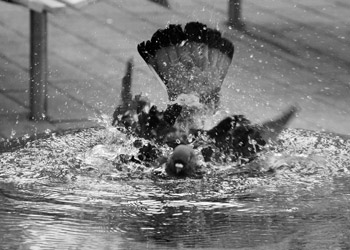My father taught me to read at quite an early age– from the time I was in the crib, according to my elders. They vouch that I could read simple children’s books from the age of 1, and later moved to newspapers at age 2. I don’t remember having my own solid memories of reading until the age of 3, when I started digging around Grandpa’s collection of science and art reference books.
One of the first art books I picked up was on photography. I had a basic grasp of the meaning of art as a 3-year-old, because one of my uncles was an artist by trade. To watch him turn a jumble of pencil squiggles and paint dabs into a voluptuous woman, a hair-raising beast, or the manliest man among men– that, to me, was art. It was creation. It was magic. But photography, as art? To use the word “art” to refer to what was essentially a reproduction of whatever was already there? It didn’t quite jibe with me. I scratched my head and closed the book.
I didn’t figure things out until years later, when I learned to use a camera. Artistic photography, I realized, was to do more than present what was already there. It was to add meaning, to add feeling, perhaps tell a story– anything to make the finished work more than just a reproduction. The artist’s personal touch, their heart and soul, meant the difference between a photograph like this:
 Birdies chillin’ by the Parramatta River. Oh, so inspiring. Nah, not really.
Birdies chillin’ by the Parramatta River. Oh, so inspiring. Nah, not really.
… and a photograph like this: SPLASH! Refreshment! Joyful bliss!
SPLASH! Refreshment! Joyful bliss!
And so photography became my main art, one of my many joys (it’s ranked high up with spreading hilarity at the office, eating, and cooking). It’s been said that joy shared is joy doubled, so anyone reading this is very welcome to share my happy journey.
I’ll leave you for now with this quote from renowned landscape photographer Ansel Adams, which neatly sums up photography in an artistic context:
“You don’t take a photograph. You make it.”